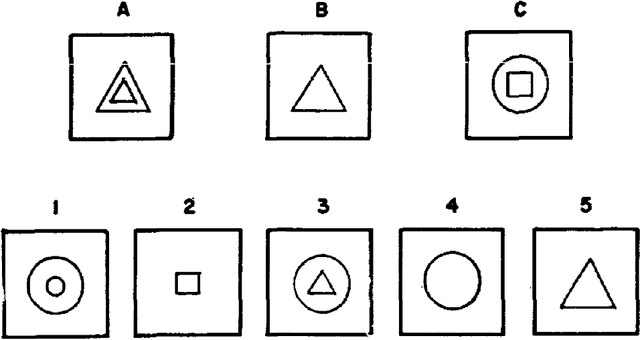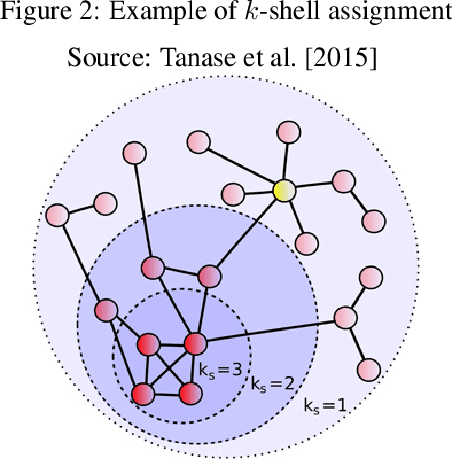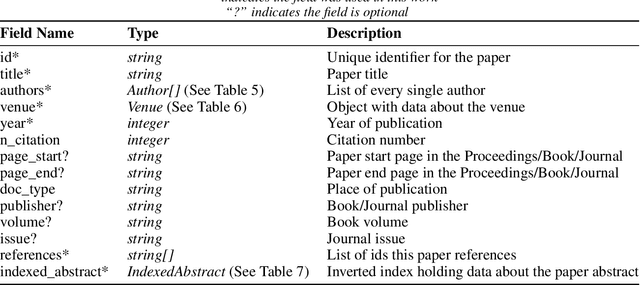On the Evolution of A.I. and Machine Learning: Towards Measuring and Understanding Impact, Influence, and Leadership at Premier A.I. Conferences
Paper and Code
May 26, 2022



Artificial Intelligence is now recognized as a general-purpose technology with ample impact on human life. In this work, we aim to understand the evolution of AI and Machine learning over the years by analyzing researchers' impact, influence, and leadership over the last decades. This work also intends to shed new light on the history and evolution of AI by exploring the dynamics involved in the field's evolution through the lenses of the papers published on AI conferences since the first International Joint Conference on Artificial Intelligence (IJCAI) in 1969. AI development and evolution have led to increasing research output, reflected in the number of articles published over the last sixty years. We construct comprehensive citation-collaboration and paper-author datasets and compute corresponding centrality measures to carry out our analyses. These analyses allow a better understanding of how AI has reached its current state of affairs in research. Throughout the process, we correlate these datasets with the work of the ACM Turing Award winners and the so-called two AI winters the field has gone through. We also look at self-citation trends and new authors' behaviors. Finally, we present a novel way to infer the country of affiliation of a paper from its organization. Therefore, this work provides a deep analysis of Artificial Intelligence history from information gathered and analyzed from large technical venues datasets and suggests novel insights that can contribute to understanding and measuring AI's evolution.
 Add to Chrome
Add to Chrome Add to Firefox
Add to Firefox Add to Edge
Add to Edge